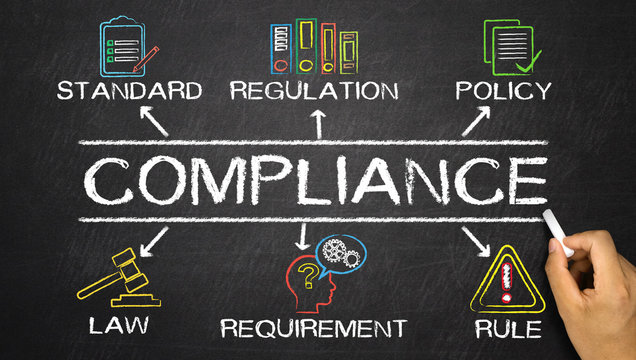In today’s fast-paced healthcare environment, staying current with the latest medical coding updates is more important than ever. As a healthcare provider, ensuring that your practice’s systems are up to date with the newest CPT (Current Procedural Terminology) and ICD-10 (International Classification of Diseases, 10th Edition) codes is essential to maintaining a smooth workflow and avoiding costly errors. This is extremely critical for medicare billing compliance and will impact your revenue.
Every year, organizations like the American Medical Association (AMA) and the World Health Organization (WHO) release new codes, update existing ones, and remove outdated codes. Neglecting to update your coding systems can lead to serious issues for your practice—affecting everything from patient care to revenue flow. Here are five pitfalls that come with failing to update your CPT and ICD-10 codes, and how they can negatively impact your practice’s financial health.
1. Billing Errors and Reimbursement Delays
Outdated codes lead directly to billing errors. Insurance companies expect claims to reflect the most up-to-date CPT and ICD-10 codes. If you submit claims with incorrect or obsolete codes, they’ll be denied or delayed, forcing you to resubmit claims and potentially costing your practice time and money. This can disrupt your revenue cycle and negatively impact your cash flow.
Impact on Revenue:Delayed reimbursements cause cash flow bottlenecks, making it harder for your practice to meet financial obligations, such as paying staff and maintaining facilities. If this happens regularly, it can strain your practice’s financial health and increase administrative burdens.
2. Compliance Risks and Legal Liabilities
Using outdated codes can expose your practice to compliance risks. Submitting claims with incorrect codes might result in billing errors that are flagged during audits by Medicare or private insurers. This could lead to fines, penalties, or even accusations of fraudulent billing if mistakes are recurring.
Impact on Revenue:Non-compliance can result in fines, legal penalties, and a damaged reputation. If your practice becomes known for compliance issues, you may lose trust with patients and payers, affecting your ability to retain and attract business. This could also increase the chances of costly audits that can drain resources.
3. Decreased Efficiency and Productivity
Outdated coding not only causes billing issues but also disrupts the day-to-day workflow of your practice. Physicians, medical coders, and administrative staff may have to spend additional time correcting coding errors and resubmitting claims. This leads to inefficiencies and reduces the time your staff can spend on other important tasks, such as patient care or growing your practice.
Impact on Revenue:A less efficient practice can lead to operational slowdowns, reducing the number of patients you can see and bill for. It can also add to staffing costs if your team spends too much time resolving coding-related problems. Over time, this can lead to lower profitability and even impact patient satisfaction.
4. Increased Administrative Costs
When your practice uses outdated CPT and ICD-10 codes, the need to correct and re-submit claims can skyrocket, leading to increased administrative costs. This includes not only the time spent by your staff on manual corrections but also potential expenses tied to hiring external billing consultants or services to help manage the growing administrative burden.
Impact on Revenue:These rising administrative costs will cut into your practice’s profit margins, reducing the financial resources available for expanding services, investing in new equipment, or offering competitive salaries to staff. If left unchecked, this could hinder your practice’s long-term growth and sustainability.
5. Missed Revenue Opportunities from New Procedures
New CPT and ICD-10 codes are often introduced to reflect innovative treatments and procedures that can benefit your patients. If your practice fails to incorporate these new codes into your billing system, you might miss out on opportunities to bill for newer, more lucrative services. These new codes represent advances in healthcare, and missing out on them means missing out on potential revenue.
Impact on Revenue:By not updating your codes, you limit your ability to fully bill for the services you provide. This not only impacts your bottom line but could also leave you trailing behind competitors who are quick to adopt and capitalize on new medical procedures. Staying current ensures your practice is maximizing revenue potential.
Conclusion: Keep Your Practice Financially Healthy with Annual Code Updates
Maintaining up-to-date CPT and ICD-10 codes is essential to ensuring your healthcare practice runs smoothly, remains compliant, and maximizes revenue. Neglecting these updates can lead to billing errors, compliance risks, decreased efficiency, and missed opportunities—all of which can impact your bottom line.
By taking the time to update your coding systems annually, you’ll not only reduce administrative headaches but also ensure your practice is financially secure and well-positioned for growth.





